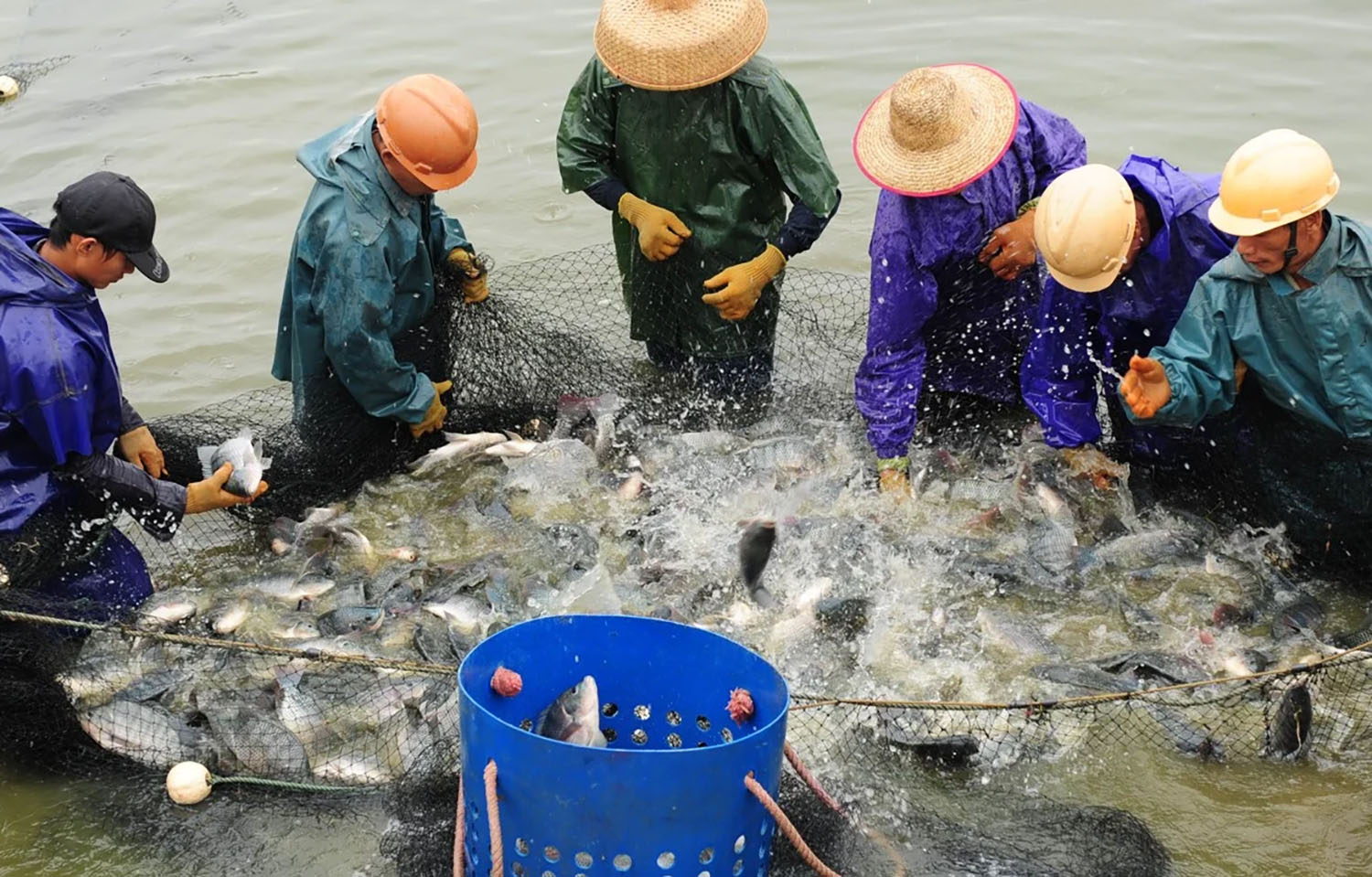The U.S. Food and Drug Administration (FDA) issued an alert in May 2024 upon the discovery of excessive levels of chloramphenicol – an antibiotic banned by China that is typically used to treat bacterial infections – in imported tilapia produced by Hainan Eternal Springs Fisheries Co.
The alert comes as China’s tilapia sector is already facing such headwinds as low export demand and higher input costs.
Chinese tilapia companies are banking on an expected recovery in export sales in 2024 but have emphasized they need to lock up bigger contracts to offset pressure from scarcer, costlier raw material supply.
Speaking to SeafoodSource at the 2024 Seafood Expo Global in Barcelona, Spain, in late April, several Chinese tilapia companies, including a representative from Wenchang City-based Hainan Qinfu Foods, which exports 40 percent of its production to the United States, reported difficulties getting their hands on adequate fish supply, suggesting that Chinese farmers remain wary about restocking their ponds after getting burnt in 2022 and 2023 by low farmgate prices for their fish.
Those low farmgate prices led to farmers either switching to species that were more likely to sell domestically in the face of a weak export market or, if they stuck around to see the farmgate prices rise, facing high feed prices and processors walking away from contracts.
Though the industry has seen cyclical slowdowns of tilapia output in the past, some believe this time is different. Speaking at a recent conference on the tilapia market in the southern Chinese city of Maoming, Cui He, the president of the China Aquatic Products Processing and Marketing Alliance (CAPPMA), said that growth in Chinese tilapia production has been slowing consistently over the past eight years.
“This is because the international market is saturated, growth in international trade is weak, and the domestic market acceptance of tilapia remains low,” he said.
Cui said he expects tilapia exports to recover in 2024 but said that further growth will depend on innovation in the domestic market, such as through packaged, pre-cooked meals, and pre-made dishes for fast food, as well as ...








